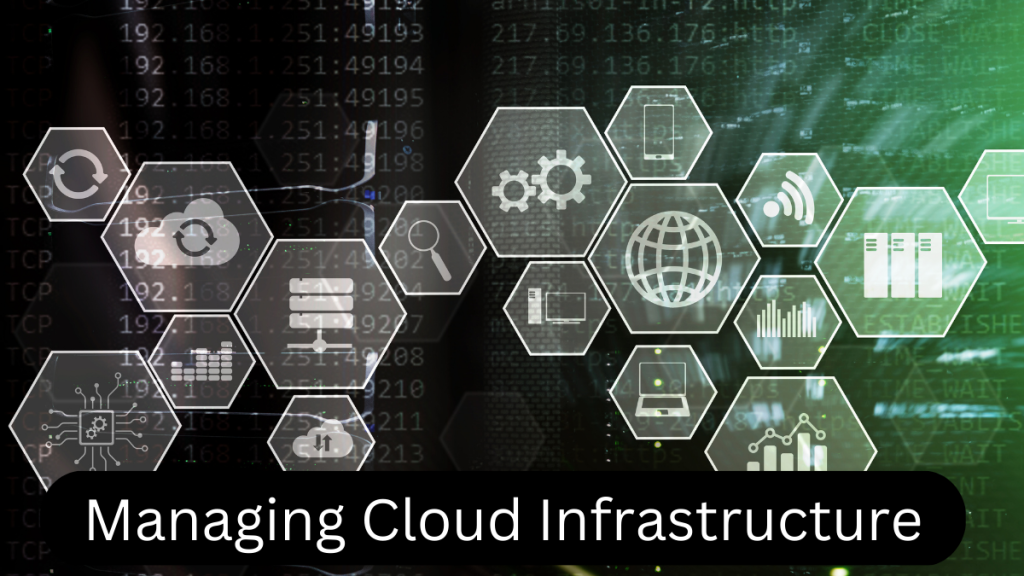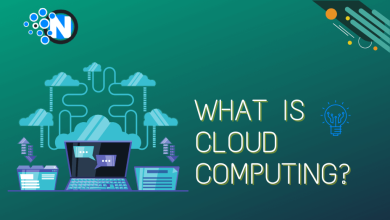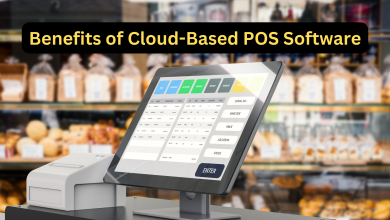Managing Cloud Infrastructure – Tips and Best Practices

Cloud Infrastructure refers to the technologies used to provide an organization’s computing, storage, and network resources over the internet. It is the foundation for public cloud services like software-as-a-service (SaaS), platform-as-a-service (PaaS), and infrastructure-as-a-service (IaaS). Cloud infrastructure allows organizations to offload the burden of managing physical servers, reducing costs and improving scalability. Using cloud technology also enables businesses to access powerful computing resources on demand and take advantage of data centers located around the world.
Managing cloud infrastructure can be a challenging task, especially for businesses with complex and constantly evolving systems. It’s important to have a reliable and efficient approach to managing your cloud infrastructure in order to ensure that it stays up-to-date, secure, and optimized for performance.
It’s also important to optimize your cloud infrastructure for cost efficiency. Cloud computing can be a cost-effective solution, but it’s easy to rack up unnecessary expenses if you’re not careful. By carefully managing your resource usage and identifying areas where you can scale back or optimize, you can reduce your cloud costs and get the most value out of your infrastructure.
Tips and Best Practices for Managing Cloud Infrastructure
Effective cloud infrastructure management is essential for ensuring the performance, security, and availability of applications and services that rely on the cloud.
Here are some tips and best practices for managing cloud infrastructure:
Plan ahead: Before deploying any resources in the cloud, it’s important to carefully plan and design your infrastructure to meet the needs of your applications and users. This includes determining the appropriate cloud provider, selecting the right hardware and software components, and defining the networking and security configurations.
Use automation: Automation tools can help you manage your cloud infrastructure more efficiently and consistently. For example, you can use configuration management tools like Chef, Puppet, and Ansible to automate the provisioning and configuration of your cloud resources.

Monitor and optimize resources: Continuous monitoring and optimization of your cloud resources is key to ensuring their performance and cost-effectiveness. Use monitoring tools to track resource utilization, and use this data to identify opportunities to optimize or resize resources as needed.
Implement security best practices: Security is a critical aspect of cloud infrastructure management. Be sure to implement best practices such as enabling encryption for data at rest and in transit, implementing multi-factor authentication, and regularly patching and updating your software and systems.
Use version control: Version control is a critical component of cloud infrastructure management, especially when working with multiple team members or deploying updates to production environments. Use version control tools like Git to track changes and collaborate with others.
Practice disaster recovery: It’s important to have a disaster recovery plan in place to ensure that your cloud infrastructure can recover from a failure or outage. This includes having backups of all critical data, as well as procedures for restoring services in the event of an incident.
Use cost management tools: Cloud resources can be expensive, especially if you’re not careful about how you use them. Use cost management tools to monitor and optimize your cloud spending, and consider using tools like reserved instances or spot instances to save money on resources that are not critical to your business.
Consider using containers: Containers are a lightweight and portable way to package and deploy applications and their dependencies in the cloud. They can help you manage your cloud infrastructure more efficiently and effectively, and are particularly useful for microservices-based architectures.
Use agile methodologies: Agile methodologies, such as Scrum and Kanban, can help you manage your cloud infrastructure more effectively by allowing you to iteratively improve and evolve your systems. Use agile practices to break down complex tasks into smaller, more manageable pieces, and to regularly review and adapt your infrastructure to meet changing business needs.
Stay up-to-date: Finally, it’s important to stay up-to-date with the latest best practices and technologies in cloud infrastructure management. This includes regularly reviewing your infrastructure and making updates as needed and staying informed about new tools and techniques that can help you manage your cloud environment more effectively.
Conclusion
Effective cloud infrastructure management is essential for ensuring the performance, security, and availability of applications and services that rely on the cloud. Some key best practices for managing cloud infrastructure include planning ahead, using automation tools, monitoring and optimizing resources, implementing security best practices, using version control, practicing disaster recovery, using cost management tools, considering using containers, using agile methodologies, and staying up-to-date with the latest best practices and technologies. By following these tips and best practices, you can ensure that your cloud infrastructure is well-managed and able to support the needs of your business.




